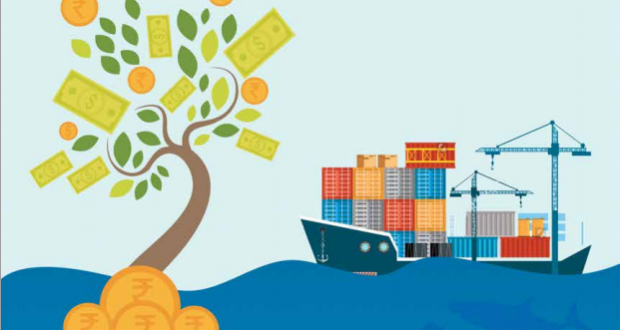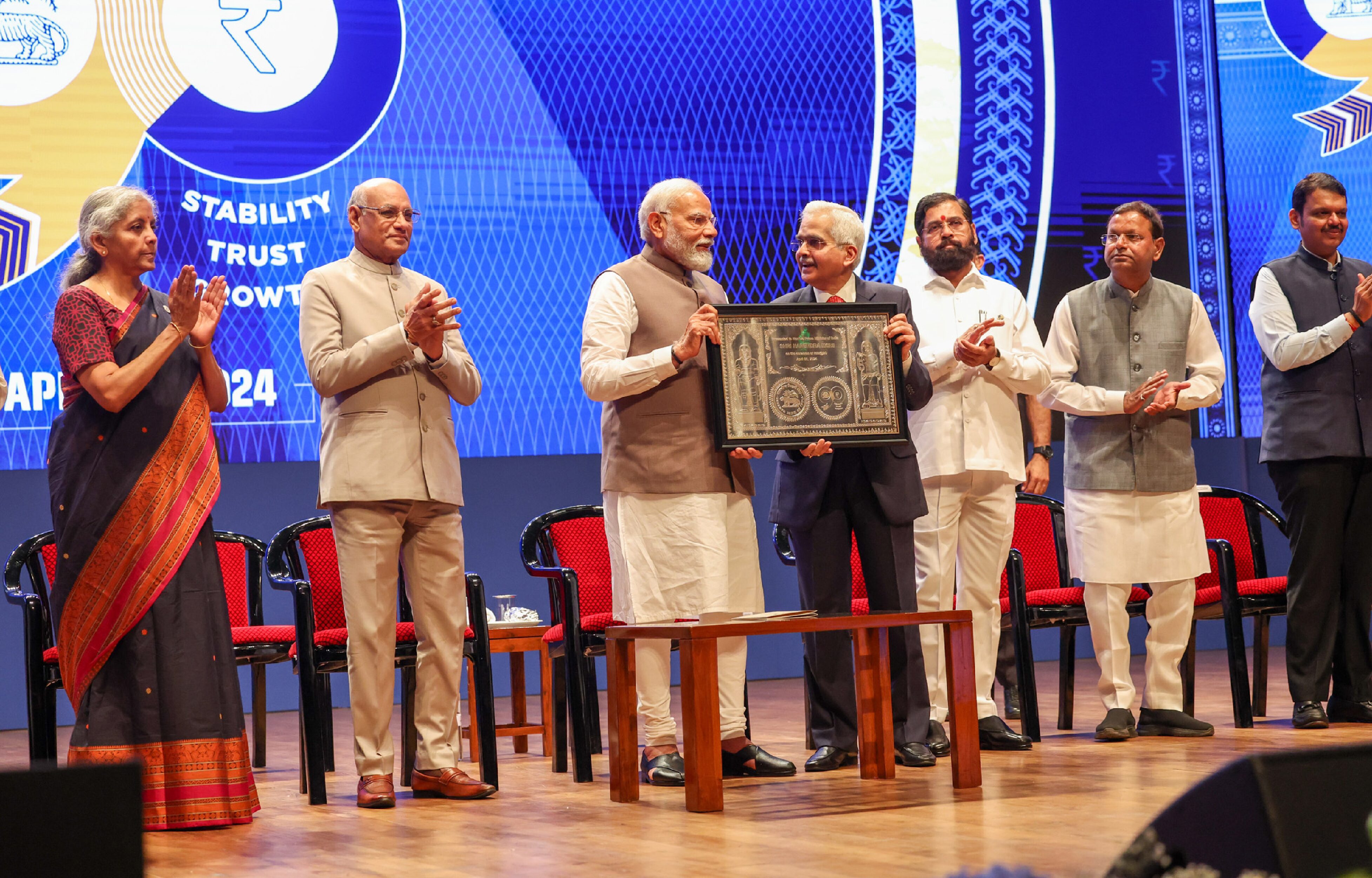Blue Economy is one of the major dimensions of growth. India is having more than 7,500-km-long coastline and its blue economy supports 95% of the country’s business through transportation and contributes an estimated 4% to its Gross Domestic Product.
The Blue Economy is the continuous use of ocean resources for economic growth. The concept of the Blue Economy was first introduced in 1994 by Professor Gunter Pauli. ‘Blue economy’ for ‘India’ is the economic opportunities available through ‘ocean’ and marine ecosystems which can play an important role in generating sustainable livelihoods. India’s Blue Economy is a subset of the national economy comprising of the entire system of ocean resources and man-made marine and maritime infrastructure in onshore coastal zones within India’s legal jurisdiction. This helps in the production of goods and services and having linkages for economic growth, environmental sustainability and national security.
The Government of India’s Vision of New India by 2030 enunciated in February 2019 highlighted the Blue Economy as one of the major dimensions of growth. India is having more than 7,500-km-long coastline spread across nine coastal states and four union territories including two island UTs. Further we are having 12 major and 200 minor ports. India’s blue economy supports 95% of the country’s business through transportation and contributes an estimated 4% to its Gross Domestic Product (GDP). All the sectors across blue economy such as fishing, aquaculture, fish processing, marine tourism, shipping and port activities have the potential to engage a large workforce. New sectors like offshore wind, marine biology, biotechnology, and other activities like ship building and ship breaking areunder blue economy and can rise extensively.
India is third largest in fish producing and second in aquaculture fish producing country in the world. The fisheries sector provides livelihood to about 16 million fisher folk and fish farmers. The government envisages this sector as having immense potential to more than double the fish farmers’ incomes. Sea ports and the shipping sector are also the key livelihood providers in the blue economy. Jobs in smaller ports have increased over the years compared to major ports. Smaller ports have also edged out the major ports in growth of cargo volumes in the past five years. This is because they tend to be at more strategic locations, with modernized infrastructure and more efficient operations. Marine tourism is also one of the fastest growing sectors in India. Especially in coastal states like Kerala, Karnataka, and Tamil Nadu, coastal tourism has contributed both to the state economies and livelihood creation.
Ship building industry employs people with various kinds of skills in India. There is lot of potential in the future with further skill development. Such sectors are also moving towards sustainability by using recyclable or biodegradable materials for ship building ensuring energy efficiency and even resource efficiency. Offshore regions are having tremendous potential in the form of offshore wind, waves, ocean currents including tidal currents and thermal energy for supporting the increasing demand for renewable energy. But the development of offshore wind energy is at a nascent stage in India due to technological constraints and shortage of skilled manpower. Marine biotechnology is also one of the emerging field which focuses on investigating and developing technological applications of living marine organisms and their bioprocesses.
Skill Development
The Central government as well as the states must create the environment to increase the awareness of employment opportunities in blue economy and the future prospects. This can be possible only by conducting frequent sessions with the target audience at both the school and university levels.The government should provide the required infrastructure for skill development in the blue economy sectors by financially supporting the initiatives that focusses on expanding human resources.
Conclusion
The world is looking towards marine resources for a number of new emerging sectors and opportunities. But the success of these new sectors would solely depend on oceans’ health and long-term sustainability of their fragile ecosystems. Hence it is necessary to boost blue economy with the proper plan of action to create the right balance between economy and environment. Considering the macro-economic implications of Blue Economy, India has already prepared a draft policy expressing the strategy and vision of the Government.

 Indian Industry Plus A Pratisrutiplus Suppliment
Indian Industry Plus A Pratisrutiplus Suppliment
















